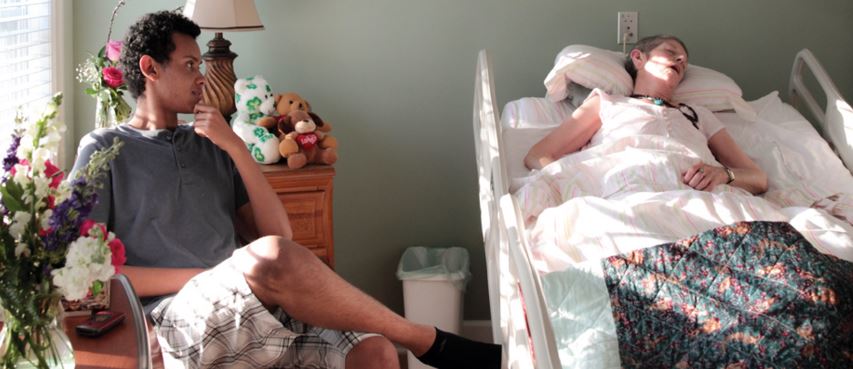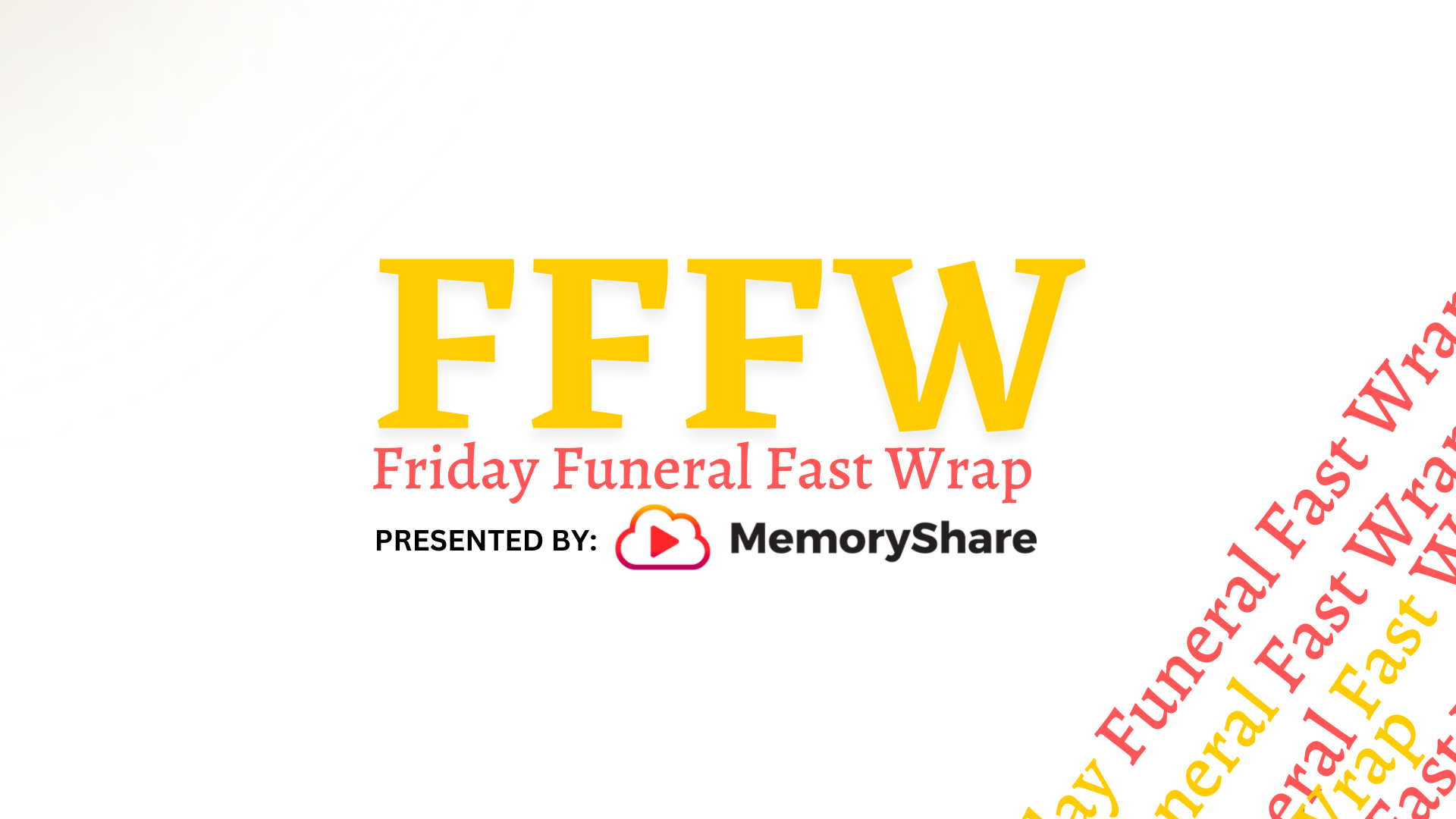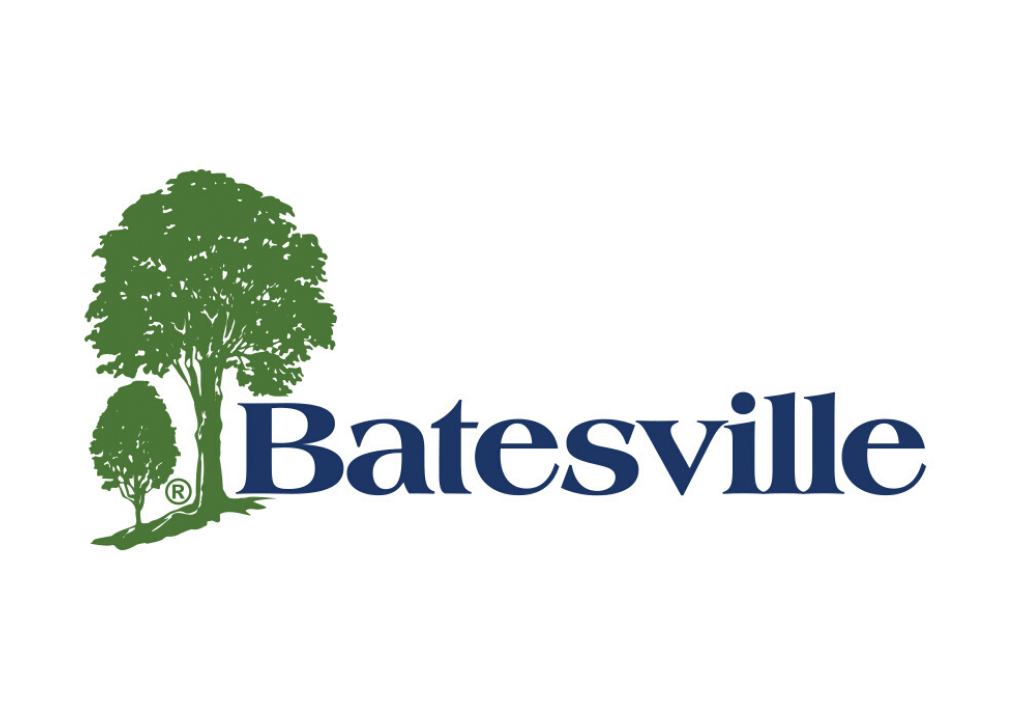A Matter of Death and Life
Article originally appeared on Mindful
At The Harley School in Rochester, New York, senior-year students who sign up for hospice class learn to care for people who are dying. These are lessons in compassion unlike any other.
“Have you done the Jumble yet today, Wendy?” Kayli O’Keefe has just bounced into Shepherd Home, a two-bed hospice-care home in Rochester, New York. The energy of the 18-year-old hoodie- clad teenager seems unexpected in a place where people go to die. She wants to know if someone has sat with Wendy yet so she could do her daily word puzzle.
Wendy, 52, is a former speech pathologist and college professor. But she can’t answer Kayli. She has frontal lobe syndrome, and it has rendered her almost nonverbal. She can utter the odd word or the odd letter from the puzzle, but mostly she hums repetitively, almost hypnotically, and communicates by holding her pink-polished thumbnail up or down. It’s the cruelest of ironies for someone in Wendy’s profession. She will also die from it, which is why she’s living at Shepherd Home receiving palliative care. Her disease has progressed so quickly that no one would recognize her from the photo of “healthy Wendy” on the whiteboard in her bedroom. It shows a vibrant woman whose smile dominates the frame.
Kayli moves closer to Wendy, who is doubled over by a bent neck, her eyes nearly closed, her face in an involuntary half-grimace. Kayli holds the newspaper and tells her what’s in the Jumble today. “The letters are R I N O Y. What do you think, Wendy?” Wendy is having a slow afternoon. Sometimes she can quickly blurt out the whole word, but this time she says only the first letter. No one else in the room can figure it out, but together Wendy and Kayli eventually do: IRONY.
• • •
Kayli is a volunteer at the hospice, but she didn’t come to this work in the usual way. She is here as part of a senior-year class offered at The Harley School, not far from the Shepherd Home. It’s a unique program Bob Kane started 10 years ago at the private school.
Kane is a beloved teacher whose graciousness and passion have attracted kids to the class, which is known in the syllabus simply as “hospice.” In the 2012-2013 school year, 36 of the school’s 44 seniors took it, up from nine when the course began in 2002. It’s popular. And at this critical time in their lives, when they’re about to go out into the wider world, it can alter their perspective about what’s important in life.
On the first day of class in September, the students are timid and curious, unsure about what to expect. Jocks, preps, nerds—the usual high school labels fail to stick in the face of the experience of death.
“They all come in afraid,” Kane says. “They come in wondering about everyone around the table. But the course calls to them because it’s real and it’s authentic. It’s extreme caregiving.
“We sit around the table the first day and I ask them some questions,” he says. “Why are you here? What drew you in? And then the big one: What is your experience with death—any kind of death, pet, loved one, family member, friend?
“That’s when the breakdowns start to happen,” says Kane. “It just takes one trigger—one person who begins to talk and their voice breaks. Once one person starts to go, they all step up and comfort each other. And it progresses from there.”
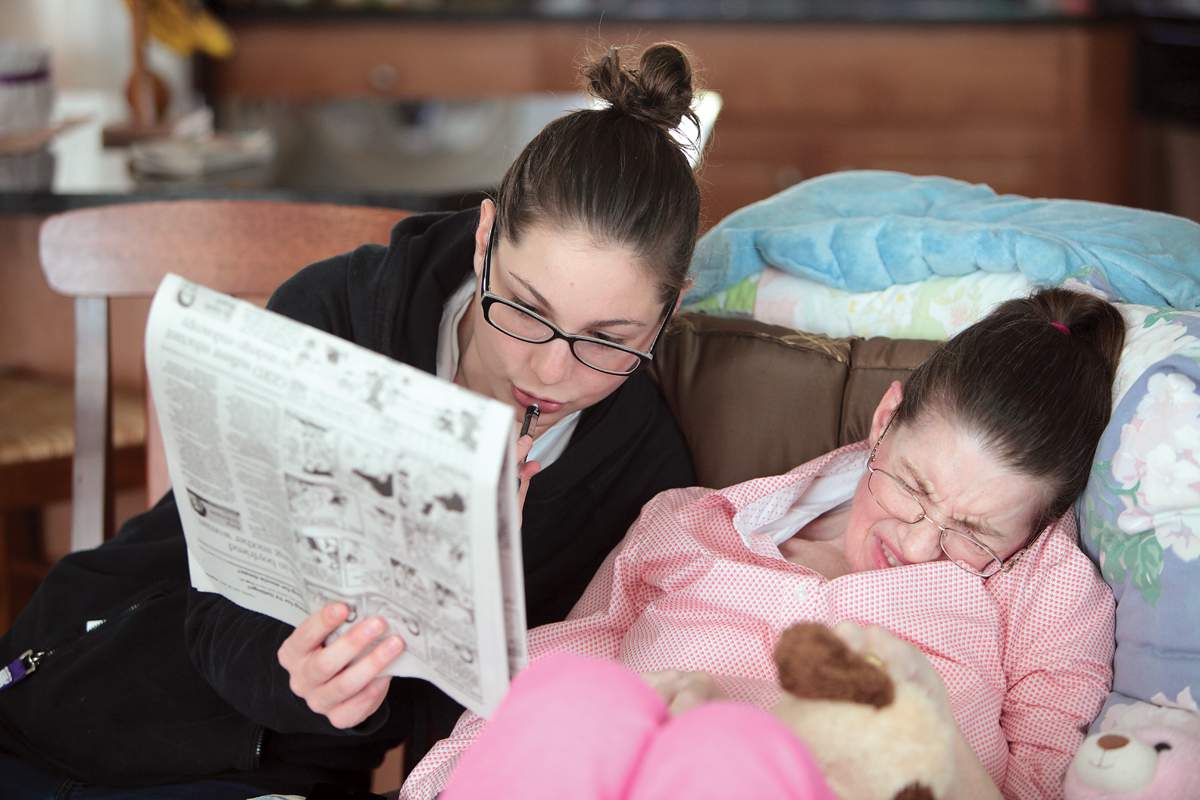
Alejandra Biaggi, 18, recalls the first day: “Some of us were tearing up,” she says. “My grandfather died last summer, and talking about it was such a release. Nowadays death is so taboo.” But for students who take Kane’s class, it’s a subject they’re all able to talk about now. “Death is just a part of life,” she says.
After the experience of opening up and coming together, Kane begins the hands-on training needed for hospice care: positioning residents in bed to make them comfortable (as part of the hospice philosophy, they don’t call them patients); changing the bed while the resident is in it; sponge-bathing, showering, feeding, hydrating, and applying lotion to delicate skin.
At that point, the students begin to visit one of four hospice houses that have signed up for the program. Rochester has more two-bed hospice homes than any other city in the U.S. Under state law, hospice homes with only two beds are allowed to operate as homes, not hospitals. Add another bed and it becomes a legislated health-care facility, and the cost per bed jumps from $100,000 a year to $175,000 a year because of the need for full-time nursing staff. Two-bed hospice houses can run with one director, volunteers who come on two-person shifts from morning to night, a paid nursing assistant who stays overnight, and an on-call nurse who comes when needed, such as to confirm a death.
The students sign up for shifts—there’s no set number they need to fulfill, but some become so dedicated, they elect to put in hundreds of hours. At that point, the classes at school become a forum where the students can share and process their experiences.
As she prepares to graduate, Carolyn Rumrill, 18, says she has learned to see the big picture: “At this stage, we’re expected to figure out our lives— where we’ll go to school next year. You need to do well in extracurricular and academics, so it’s really self-centered right now. This course moves you away from that. It’s not all about you. There are many aspects to life, so don’t freak out about every little thing. I also feel like I’ve become more attuned to listening instead of speaking.”
• • •
Kane asks his students who wants to do the honors. “I’ll light it,” says Carolyn as she reaches for the candle sitting on the table in front of them. The candle is lit before every class. It reminds them that life is as fragile as the flickering light.
It reminds them that in reality we’re nothing but a breath away from death. Once it’s lit, the students start sharing their experiences. Kane asks who’s had a shift recently and what happened.
“We have a new resident named Chet,” says Emily Hanss, 18, who volunteers at a hospice-care home called Advent House. “He has four children. They were all there on my shift and his wife was there. He had written a book about his life. I started reading it and it’s so cool to hear all these memories. I think that’s so nice for his family to have.”
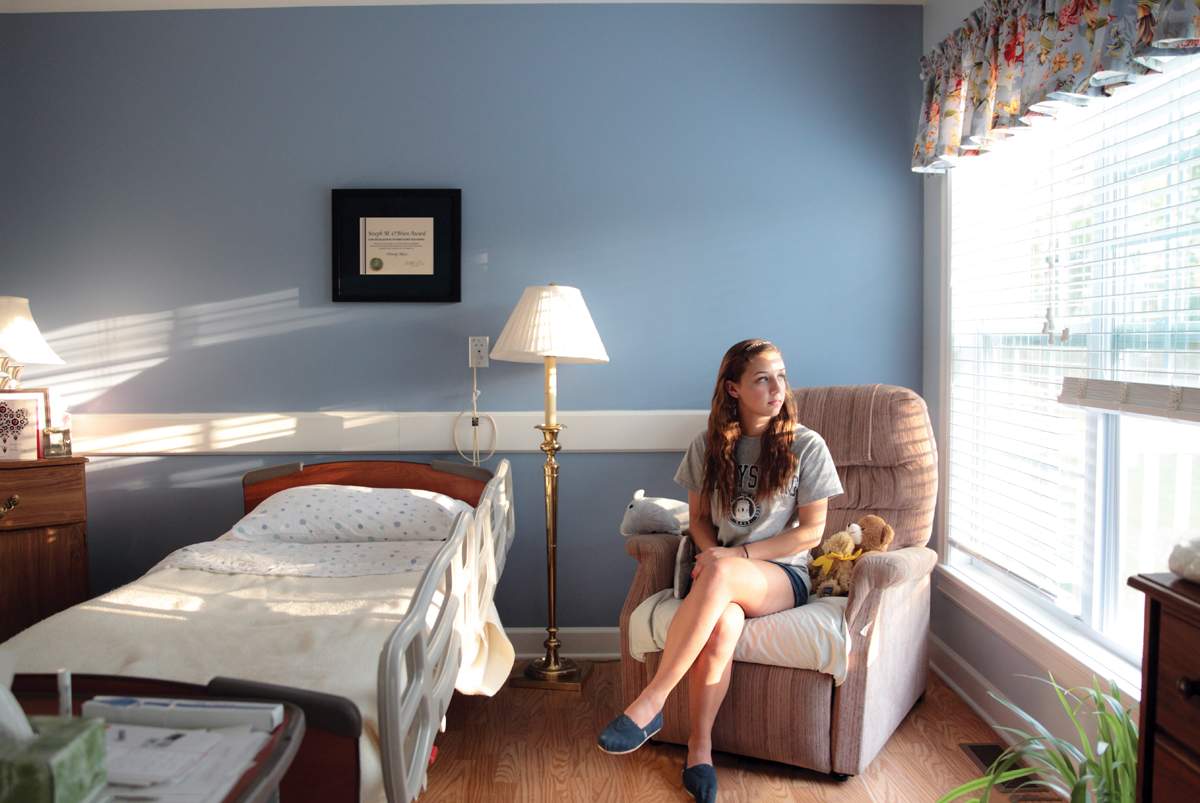
Alejandra Biaggi chimes in: “His entire family was there on my shift, too, and they are such a joy. The atmosphere was so hopeful.
“I had some time to read the book,” Alejandra adds, and then moves on to the nitty-gritty of his health. “He’s a little uncomfortable. He was dry and flaky, so we repositioned him. We lotioned his feet and talked to his family. He was very polite, in high spirits and clear mentally.”
—Read the rest of the article—

